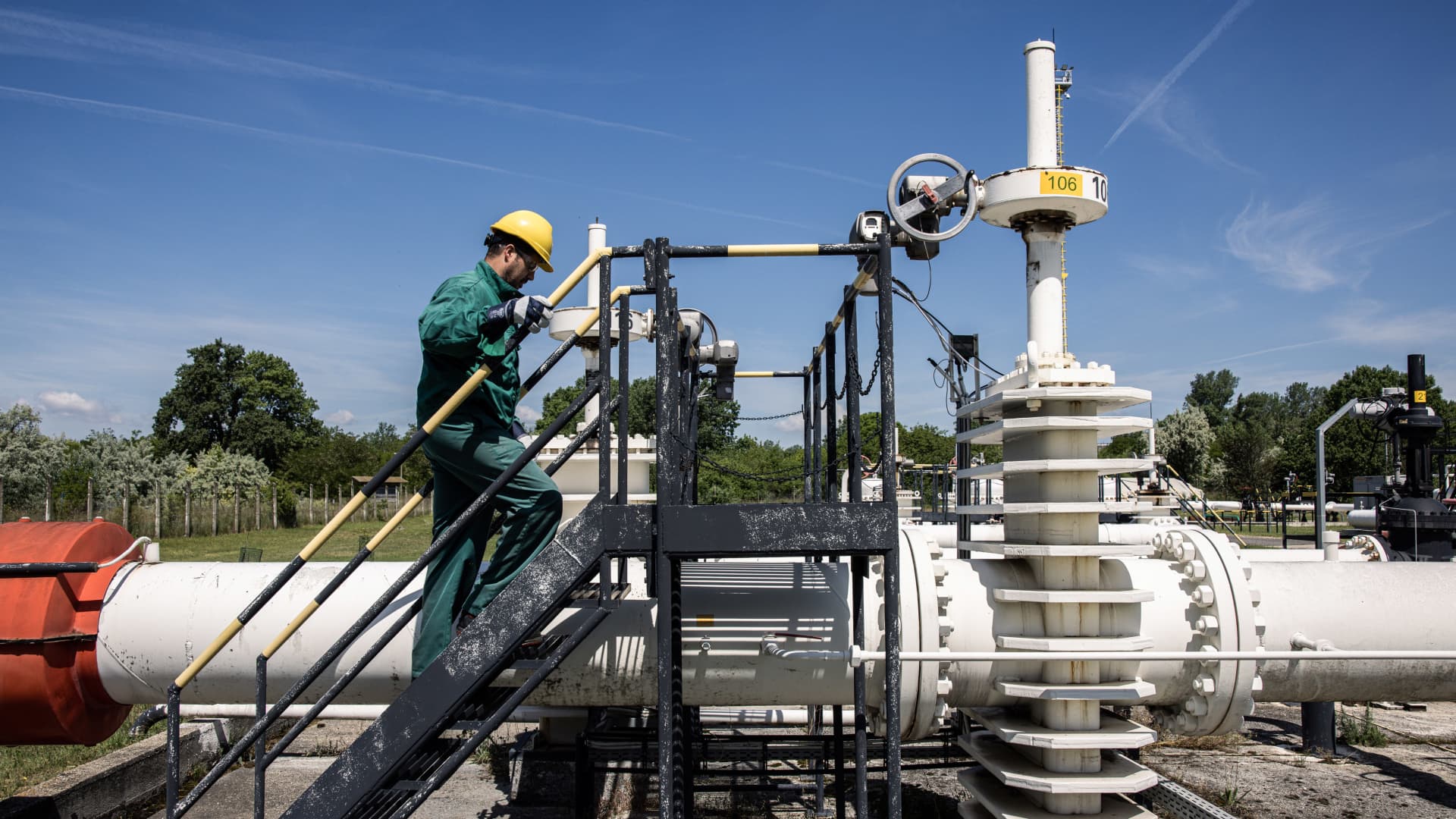Energy
Tuesday, June 21st, 2022 7:35 am EDT
At a recent industry event in Germany, Hungarian company Platio Solar revealed a very useful new solar module that can be used for flooring or outdoor spaces. Given some bad experiences solar ground installations have faced, especially solar roadways, it makes sense that people would be skeptical, but this new design is not only improved, but not aimed at getting pounded by automobiles.
“They rely on a new frame structure that provides better protection for the glass surface,” Marketing Manager Helga Ruscsák told pv magazine. “They can be used for pavement, terraces, driveways, sidewalks, parks, bicycle roads, marinas, and low traffic roads, as well as for other industrial and off-grid applications.”
Here’s a video with an older version of the panels:
[embedded content]
While these panels in the video look like they’d be a great way to provide more solar power in places where there’s not a lot of space to put them on rooftops, the company has been working to improve them to make them more durable and protected. This means that people will be able to more confidently install them in places where people walk, bike, and maybe even do some limited driving.
The innovative thing about these panels isn’t as much the solar cells as much as what they’re housed inside of, but that doesn’t mean you don’t have some great options for the parts inside. Variants come with a variety of commercial solar cells built in, including both polycrystalline and monocrystalline. The size is always the same, though at 359 mm x 359 mm x 41 mm, weighing about 6.5 kilos.
Are you a PV nerd or professional and want the gritty details? Platio gave the press those, so we’ll pass them along! Polycrystalline variants come with 156 mm x 156 mm cells with 18.6% efficiency, and (under ideal conditions) produce 18.2 W. Open-circuit voltage is 2.56 volts with a short-circuit current of 8.9 amps. Monocrystalline variants of the panel are 22.3% efficient, have an open-circuit voltage of 2.72 volts, with a short-circuit current of 8.89 amps. The size of the mono cells is 158.7 mm x 158.7 mm.
The housings are made from tough stuff, too. Thick, tempered glass covers the solar panels, measuring a whole centimeter thick. Decorative patterns, presumably with some traction-improving texture to them, are etched into the glass itself so you don’t have to worry about bike tires and the treads of shoes peeling or grinding an anti-slip coating away.

PV Magazine says the frames are made of a “polymer composite based on low-density polyethylene (LDPE) and high-density polyethylene (HDPE) with matrix-forming material.” I’m no materials specialist, but that sounds like some durable stuff that won’t be bothered by being tread under foot. Perhaps more importantly, it’s made of 100% recycled material, which is great for lowering the environmental impact of producing these things!
You’re probably wondering how much weight something made from glass and plastic can handle, and fortunately, that information is available. Each cell can handle two tons of weight on a single wheel of a vehicle, and the whole vehicle can weigh up to 8 tons. If they’re so tough, some readers may wonder why we don’t take another crack at making solar roads again, but that’s not the plan.
“We do not intend to build solar highways or solar roads with our products,” Ruscsák told PV Magazine.
And, they’re probably right to not plan on that. Even though they’re so tough, let’s keep in mind that semi-trucks can weigh as much as 40 tons, and produce even more severe forces when it comes to hitting bumps, going down hills, etc. But, having plenty of spare strength for sidewalks, bike paths, and maybe something like a driveway or minor street is definitely a good thing.
Featured image and other image by Platio Solar.
Check our our brand new E-Bike Guide. If you’re curious about electric bikes, this is the best place to start your e-mobility journey!
Appreciate CleanTechnica’s originality and cleantech news coverage? Consider becoming a CleanTechnica Member, Supporter, Technician, or Ambassador — or a patron on Patreon.
Advertisement
 This post has been syndicated from a third-party source. View the original article here.
This post has been syndicated from a third-party source. View the original article here.




